Home>Garden Essentials>How To Grow Oregano As Ground Cover In Zone 6
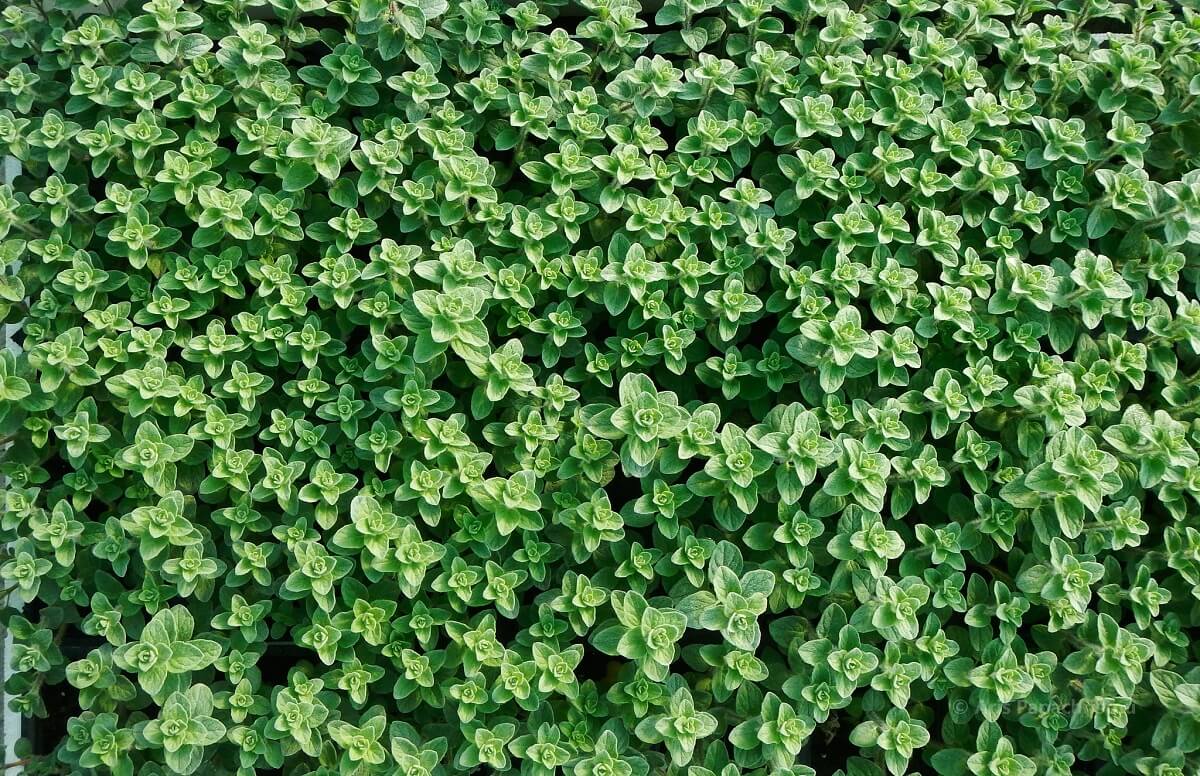

Garden Essentials
How To Grow Oregano As Ground Cover In Zone 6
Modified: March 7, 2024
Learn how to grow oregano as a ground cover in your zone 6 garden. Discover the best gardening tips to cultivate this aromatic herb.
(Many of the links in this article redirect to a specific reviewed product. Your purchase of these products through affiliate links helps to generate commission for Storables.com, at no extra cost. Learn more)
Introduction
Welcome to the world of gardening! Whether you’ve just started out or are already an experienced gardener, oregano can be a wonderful addition to your garden. Not only does it provide a fragrant and flavorful herb for culinary use, but it can also serve as a beautiful ground cover in your garden bed.
Oregano, part of the mint family, is a hardy perennial herb that is known for its aromatic leaves and delicate purple flowers. It is native to the Mediterranean region but can be grown in a variety of climates. In this article, we will focus on growing oregano as ground cover specifically in Zone 6, which encompasses parts of the United States with average winter temperatures between -10 to 0 degrees Fahrenheit (-23 to -18 degrees Celsius).
Growing oregano as ground cover in Zone 6 not only adds visual interest to your garden but also provides a multitude of benefits. It helps to suppress weeds, prevent soil erosion, and conserve moisture in the soil. Additionally, oregano attracts beneficial insects such as bees and butterflies, making it a valuable addition to your garden ecosystem.
In this comprehensive guide, we will explore the different aspects of growing oregano as ground cover in Zone 6. From selecting the right variety to preparing the garden bed, planting, caring for the plants, dealing with pests and diseases, and providing winter protection, we’ve got you covered.
So, let’s delve into the world of oregano and discover how you can grow this versatile herb as ground cover in Zone 6!
Key Takeaways:
- Oregano is a versatile herb that can serve as beautiful ground cover in Zone 6 gardens, providing visual interest, weed suppression, and attracting beneficial insects like bees and butterflies.
- Proper planning, soil preparation, and variety selection are crucial for successfully growing oregano as ground cover in Zone 6, ensuring lush, vibrant plants that enhance the garden’s beauty and flavor.
Read more: How To Grow Rye For Ground Cover
Understanding Oregano as Ground Cover
Oregano is not only a delicious herb to add to your favorite dishes, but it can also serve as an excellent ground cover option in your garden. As a ground cover, oregano creates a dense, low-growing mat of foliage that covers the soil surface. This mat helps to suppress weed growth, conserve moisture in the soil, and prevent soil erosion. Additionally, the strong fragrance of oregano acts as a natural deterrent to some pests.
When choosing oregano as ground cover, it’s important to select the right variety. Look for low-growing, spreading varieties, known as creeping oregano or ground cover oregano. These varieties are better suited for ground cover use as they have a spreading habit and can quickly fill in an area with their lush foliage.
One popular variety of oregano for ground cover is Origanum vulgare ‘Aureum’, commonly known as golden oregano. This variety features bright golden-yellow leaves that add a splash of color to your garden bed. Another option is Origanum vulgare ‘Compactum’, which has a dense, compact growth habit and is ideal for smaller areas.
Before planting oregano as ground cover, it’s essential to understand its growth requirements. Oregano thrives in full sun, so make sure to choose a location in your garden bed that receives at least 6-8 hours of direct sunlight per day. Additionally, oregano prefers well-draining soil, so amend your soil with organic matter such as compost or aged manure to improve drainage.
Understanding the growth habit of oregano is crucial for successful ground cover planting. Oregano spreads through underground runners called rhizomes, which allow it to form a dense mat of foliage. This mat helps to suppress weed growth and creates a uniform carpet-like cover over the soil. However, it’s important to note that oregano can be an aggressive grower, so it’s wise to provide boundaries or regular maintenance to prevent it from taking over other plants in your garden.
Overall, oregano can be an excellent choice for ground cover in your garden. Its attractive foliage, culinary uses, and ability to provide benefits such as weed suppression and soil conservation make it a versatile and valuable addition to any garden bed.
Choosing the Right Variety for Zone 6
When it comes to choosing the right variety of oregano for Zone 6, it’s important to select a cultivar that is suited to the specific climate and growing conditions of this zone. Zone 6 experiences average winter temperatures between -10 to 0 degrees Fahrenheit (-23 to -18 degrees Celsius), so it’s crucial to choose a variety that can withstand these cold temperatures.
One popular variety of oregano that is suitable for Zone 6 is Origanum vulgare, also known as common oregano or wild marjoram. This variety is a hardy perennial that can tolerate cold temperatures and is known for its strong flavor. It is also commonly used in Mediterranean cuisine.
Another excellent variety for Zone 6 is Origanum heracleoticum, also known as Greek oregano. Greek oregano is highly aromatic and flavorful, making it a favorite among cooks and herb enthusiasts. It is a hardy variety that can handle the colder temperatures of Zone 6 with ease.
If you are looking for a more ornamental oregano variety, consider Origanum laevigatum ‘Herrenhausen’. This variety features beautiful pink flowers that add a splash of color to your garden bed. It is also well-suited for Zone 6 and can provide both visual appeal and culinary usefulness.
When selecting oregano varieties for Zone 6, it’s important to consider their growth habits and potential invasiveness. Some varieties, such as Origanum vulgare ‘Aureum’ or golden oregano, can be more aggressive and have the potential to spread rapidly. If you are concerned about controlling the spread of oregano in your garden, consider using edging or planting the oregano in containers to contain its growth.
Additionally, consider the overall size of the oregano plant when choosing a variety for your garden. Some varieties, such as Origanum vulgare ‘Compactum’ or compact oregano, have a dense, compact growth habit and are more suitable for smaller garden beds or container gardening.
Before making your final selection, it’s always a good idea to do some research and read reviews from other gardeners in Zone 6. They can provide valuable insights and recommendations based on their own experiences with different oregano varieties.
By choosing the right variety of oregano for Zone 6, you can ensure the success of your ground cover planting and enjoy the beauty and flavor that this versatile herb has to offer.
Planning and Preparing the Garden Bed
Before you start planting oregano as ground cover in your Zone 6 garden, it’s important to plan and prepare the garden bed. Proper planning and preparation will set the foundation for healthy and thriving oregano plants.
First, choose a location in your garden that receives full sun, as oregano thrives in bright sunlight. Ideally, the area should receive at least 6-8 hours of direct sunlight per day. Ensure that the soil in this area is well-draining to prevent waterlogged conditions, as oregano does not tolerate excessive moisture.
Once you have selected the location, clear the area of any existing vegetation, including weeds and grass. Remove any rocks or debris and loosen the soil using a garden fork or tiller. This will help to improve soil aeration and allow the oregano roots to establish more easily.
Next, amend the soil with organic matter to improve its fertility and drainage. Compost, aged manure, or peat moss are excellent choices for enriching the soil. Spread a layer of the organic matter over the garden bed and work it into the top 6-8 inches of soil using a garden fork or tiller.
After amending the soil, it’s recommended to perform a soil test to determine its pH level. Oregano prefers slightly alkaline soil with a pH range of 6.0 to 8.0. If your soil is too acidic, you can raise the pH by adding lime according to the package instructions. Conversely, if the soil is too alkaline, you can lower the pH by adding sulfur or organic matter like peat moss.
Once the soil is prepared and the pH is adjusted if necessary, it’s time to mark out the planting area. Oregano can spread rapidly, so it’s important to provide it with enough space to grow without encroaching on other plants. Generally, spacing the oregano plants about 12-18 inches apart should be sufficient.
If you are concerned about oregano spreading too far, you can create a physical barrier to contain its growth. This can be done by installing edging or using metal or plastic edging materials around the planting area. Alternatively, you can plant the oregano in containers or raised beds to limit its spread.
Before planting, water the garden bed thoroughly to ensure that the soil is moist. This will help the young oregano plants establish their roots more easily.
By taking the time to plan and prepare your garden bed, you are setting the stage for healthy oregano growth and a successful ground cover planting. The effort invested in preparation will pay off in the form of lush, vibrant oregano plants that beautify your garden while providing you with a bountiful harvest.
Planting Oregano as Ground Cover in Zone 6
Now that you have planned and prepared your garden bed, it’s time to get planting! Planting oregano as ground cover in Zone 6 is a straightforward process that can be done in a few simple steps.
First, make sure you have healthy oregano plants ready for planting. You can either purchase seedlings from a local nursery or start your own from seeds. Starting oregano from seeds can be done indoors 6-8 weeks before the last frost date in your area. When selecting seedlings or plants, look for those that have healthy, vibrant foliage.
Before planting, ensure that the soil in the garden bed is moist. Dig a small hole for each oregano plant, making sure the hole is slightly wider and deeper than the root ball of the plant. Carefully remove the oregano plant from its container, gently loosen the roots, and place it in the hole. Backfill the hole with soil, firming it gently around the base of the plant.
Space the oregano plants about 12-18 inches apart, allowing them room to spread and form a dense ground cover. This spacing allows for good air circulation and helps to reduce the risk of disease. If you are planting multiple rows, space the rows about 18-24 inches apart, depending on the desired coverage area.
After planting, water the oregano plants thoroughly. This helps to settle the soil around the roots and ensures that the plants have adequate moisture for establishment. Watering deeply but infrequently is recommended for oregano, as it prefers slightly dry conditions rather than constantly wet soil.
Once the plants are established, apply a layer of organic mulch around the plants. Organic mulch such as straw, wood chips, or dried leaves helps to suppress weed growth and conserve moisture in the soil. It also helps to maintain a more stable soil temperature, especially during extreme weather conditions.
Continue to water the oregano plants regularly, particularly during dry periods. Oregano is relatively drought-tolerant once established, but consistent moisture is essential during the establishment phase. Avoid overwatering, as oregano does not tolerate soggy or waterlogged soil.
In terms of maintenance, regular pruning can help to promote bushier growth and prevent the oregano from becoming overly leggy. Trim the plants back to about 6-8 inches in height in mid-summer or after the flowering period to encourage new growth.
By following these simple steps, you can successfully plant oregano as ground cover in your Zone 6 garden. With proper planting and care, your oregano plants will thrive, providing you with a beautiful, fragrant, and useful ground cover.
Plant oregano in well-drained soil and full sun in Zone 6. It can spread quickly, so give it plenty of space to grow as a ground cover. Prune regularly to keep it tidy and encourage new growth.
Read more: How To Grow Moss As Ground Cover
Proper Care and Maintenance for Oregano Ground Cover
Once you have planted oregano as ground cover in your Zone 6 garden, it’s important to provide it with proper care and maintenance to ensure its healthy growth and longevity. Oregano is a relatively low-maintenance plant, but there are some key aspects to consider when caring for your oregano ground cover.
Watering is an essential part of maintaining healthy oregano plants. While oregano is relatively drought-tolerant, it’s important to provide regular moisture, especially during dry periods. Water deeply around the base of the plants, allowing the soil to dry slightly between waterings. Avoid overwatering, as oregano does not tolerate soggy or waterlogged conditions, which can lead to root rot.
Fertilizing oregano ground cover is generally not necessary, especially if you have prepared the soil with organic matter prior to planting. Oregano is a moderate feeder and can obtain the necessary nutrients from the soil. However, if you notice poor growth or pale foliage, you can supplement with a balanced organic fertilizer in early spring. Follow the package instructions for application rates and frequency.
Regular pruning is beneficial to maintain the appearance and health of oregano ground cover. Prune the plants back to about 6-8 inches in height in mid-summer or after the flowering period. This will encourage new growth and prevent the plants from becoming leggy. Additionally, pruning helps to maintain the density of the ground cover and prevent it from overcrowding other plants in the area.
Managing weeds is crucial to ensure the healthy growth of oregano ground cover. While oregano has some natural weed-suppressing properties, it’s important to regularly inspect the area for any weeds that may emerge. Hand-pull weeds as they appear, being careful not to disturb the oregano plants. Applying a layer of organic mulch around the plants can also help to smother weeds and conserve moisture in the soil.
Monitoring for pests and diseases is another important aspect of caring for oregano ground cover. Oregano is relatively resistant to pests and diseases, but occasional issues may arise. Common pests that may affect oregano include aphids, spider mites, and thrips. If you notice any signs of pest infestation, use organic pest control measures such as insecticidal soap or neem oil to treat the affected plants.
In terms of diseases, oregano is susceptible to root rot and fungal diseases if the soil becomes waterlogged or if there is poor air circulation around the plants. To prevent these issues, ensure proper drainage and avoid overwatering. Providing adequate spacing between the oregano plants can also help to improve air circulation and reduce the risk of fungal infections.
With proper watering, occasional pruning, weed management, and pest and disease monitoring, your oregano ground cover will flourish in your Zone 6 garden. Enjoy the beauty and fragrance of this versatile herb while reaping the benefits of its low-maintenance nature.
Harvesting Oregano and Using it in Your Kitchen
One of the most rewarding aspects of growing oregano as ground cover in your Zone 6 garden is the ability to harvest fresh leaves and use them in your kitchen. Harvesting oregano not only ensures a steady supply of this aromatic herb, but it also promotes the growth and overall health of the plants.
When the oregano plants have reached a height of 6-8 inches and are well-established, you can start harvesting the leaves. The best time to harvest oregano is in the morning after the dew has dried but before the heat of the day, as this is when the essential oils are at their peak.
To harvest oregano, simply snip off the desired amount of stems with a pair of clean, sharp scissors or shears. Avoid harvesting more than one-third of the plant at a time to ensure its continued growth and vitality. It’s best to harvest just before the plant flowers, as this is when the flavors are most concentrated.
Oregano leaves can be used fresh or dried for later use. If you choose to dry the leaves, gather small bundles of stems and tie them together with twine or rubber bands. Hang the bundles upside down in a cool, dry place away from direct sunlight. Once the leaves are completely dried, remove them from the stems and store them in airtight containers for later use.
Now that you have harvested oregano, you can incorporate it into a wide range of culinary delights. Oregano pairs well with various dishes, and its distinct flavor adds depth and aroma to many recipes.
You can use fresh or dried oregano in marinades for meats, poultry, or seafood. The herb also adds a delightful flavor to soups, stews, and sauces. Sprinkle oregano over roasted or grilled vegetables for an extra punch of flavor. It is a classic ingredient in Italian dishes such as pizza, pasta sauces, and salads.
For a refreshing twist, infuse oregano leaves in vinegar or oil to create flavorful dressings or marinades. You can also use oregano in herb-infused butter or create herb-infused oils for a burst of flavor in your cooking.
The possibilities are endless when it comes to using oregano in your kitchen. Experiment with different recipes and discover your own favorite ways to incorporate this versatile herb into your dishes.
Remember, when using oregano in cooking, start with a small amount and adjust to taste. This herb has a strong flavor, so a little can go a long way.
By harvesting oregano from your ground cover and using it in your kitchen, you not only enhance your culinary creations with its aromatic charm but also connect to the rewarding cycle of growing, harvesting, and enjoying the fruits of your gardening labor.
Dealing with Common Pests and Diseases in Zone 6
While oregano is generally a sturdy and resilient plant, it can still be susceptible to certain pests and diseases in Zone 6. Being able to identify and address these issues promptly will help keep your oregano ground cover healthy and thriving.
One of the most common pests that may affect oregano is aphids. These small, soft-bodied insects can cluster on the leaves and stems of the plants, sucking out sap and causing yellowing or distorted growth. To control aphids, you can use a strong stream of water to wash them off the plants or use insecticidal soap or neem oil according to the package instructions. Encouraging natural predators like ladybugs and lacewings can also be helpful in keeping aphid populations in check.
Another pest that may pose a threat to oregano is spider mites. These tiny, spider-like creatures feed on the underside of leaves, causing stippling, yellowing, and eventually, leaf drop. To control spider mites, regularly mist the plants with water to increase humidity, as they thrive in dry conditions. In severe infestations, you can use insecticidal soap or neem oil, ensuring thorough coverage of the affected areas.
Thrips are another potential pest that may damage oregano. These slender insects feed on plant sap, leaving behind silver or brown streaks on the leaves. To manage thrips, you can use insecticidal soap or neem oil according to the package instructions. Pruning off heavily infested areas may also help to control their population.
When it comes to diseases, root rot can be a concern if the soil becomes waterlogged or if there is poor drainage. To prevent root rot, it’s crucial to ensure that your garden bed has well-draining soil. Avoid overwatering the oregano plants and ensure that any excess water can escape easily from the planting area.
Fungal diseases such as powdery mildew and downy mildew can also affect oregano in Zone 6. These diseases are more likely to occur when the plants experience high humidity and poor air circulation. To prevent fungal issues, provide adequate spacing between the oregano plants, allowing for good air movement. Avoid overhead watering, as this can create a favorable environment for fungal growth. If necessary, apply organic fungicides according to the package instructions.
Regularly inspecting your oregano ground cover for signs of pests or diseases is essential to catch and address issues early. Monitoring the overall health of the plants, checking for any changes in growth or appearance, and taking prompt action when needed will help maintain the vitality and vigor of your oregano plants in Zone 6.
Remember, prevention is key in managing pests and diseases. Follow proper cultural practices such as providing adequate spacing, watering correctly, and keeping the plants well-maintained to minimize the chances of these issues arising.
By being vigilant and proactive in dealing with common pests and diseases, you can protect your oregano ground cover and ensure its continued growth and success in your Zone 6 garden.
Winter Protection for Oregano Ground Cover in Zone 6
As winter approaches in Zone 6, it’s important to provide proper protection for your oregano ground cover to ensure its survival and healthy regrowth in the following spring. While oregano is known for its hardiness, taking a few steps to protect it during the cold winter months can greatly increase its chances of thriving.
The first step in winter protection is to prepare the oregano plants before the colder temperatures set in. In late fall, around 4-6 weeks before the first expected frost, stop fertilizing the plants. This will help them naturally slow down their growth and enter a dormant state, making them more resilient to winter conditions.
Before the first frost, apply a layer of mulch around the oregano plants to provide insulation and protection from freezing temperatures. Organic mulch such as straw, wood chips, or dried leaves can be used. Apply a layer of about 2-3 inches, making sure to keep the mulch away from the stems to prevent rotting. The mulch will help to insulate the roots and protect them from extreme temperature fluctuations.
In addition to mulching, consider using a protective covering over the oregano ground cover during particularly cold spells. Horticultural fabric, also known as frost cloth or row cover, can be draped over the plants to provide an extra layer of protection against freezing temperatures and cold winds. Avoid using plastic as cover, as it can trap moisture and lead to rot or fungal issues.
It’s important to monitor the moisture levels of the soil during the winter months. While it’s crucial to provide adequate moisture to the oregano plants, be cautious not to overwater, as excess moisture can lead to root rot. Check the soil moisture regularly and only water if it is dry to the touch. During periods of heavy rainfall or snowmelt, ensure proper drainage to prevent waterlogged conditions.
While oregano is generally a hardy plant, extreme cold and wet conditions can still pose a risk. If your area experiences long periods of cold, wet winters, creating a temporary cover or using cold frames or cloches can provide additional protection. These structures can help shield the oregano from harsh weather elements and create a microclimate that is more conducive to its survival.
During the winter months, it’s important to avoid disturbing or pruning the oregano plants. Pruning at this time can stimulate new growth, which is vulnerable to freezing temperatures. It’s best to wait until early spring, once the threat of frost has passed, to prune any dead or damaged growth.
By providing proper winter protection for your oregano ground cover in Zone 6, you can increase its chances of thriving and regrowing in the following spring. With a little extra care and preparation, you can enjoy the beauty and benefits of oregano for years to come.
Read more: Sweet Woodruff: How To Grow Ground Cover
Conclusion
Growing oregano as ground cover in Zone 6 can be a rewarding experience, both in terms of its visual appeal and its culinary usefulness. By understanding the characteristics and requirements of oregano as ground cover, you can create a beautiful and functional addition to your garden.
Choosing the right variety of oregano for Zone 6 ensures that you have a resilient and well-suited plant for your garden bed. Proper planning and preparation of the garden bed, including soil amendment and ensuring proper drainage, set the stage for successful oregano growth.
Planting the oregano as ground cover requires spacing and watering considerations, along with the establishment of boundaries to prevent it from becoming invasive. Providing proper care and maintenance, such as regular pruning and weed control, keeps the oregano plants healthy and vibrant.
Harvesting oregano and using it in your kitchen allows you to enjoy the fruits of your gardening labor while adding flavor to your culinary creations. Dealing with common pests and diseases ensures that your oregano ground cover remains robust and resilient.
Proper winter protection is essential in Zone 6 to safeguard the oregano plants from cold temperatures and excessive moisture. By following these guidelines, you can enhance the survival rate and regrowth potential of your oregano ground cover through the winter months.
In conclusion, growing oregano as ground cover in Zone 6 is a wonderful way to add beauty, fragrance, and flavor to your garden. With the right variety, proper care, and attention to seasonal requirements, you can enjoy the benefits of oregano as it thrives and covers your garden bed in a lush green carpet.
So, roll up your sleeves, prepare your garden bed, and start growing oregano as ground cover in Zone 6. Embrace the joy of gardening and relish in the abundance of this versatile herb that will enhance your culinary creations and elevate your garden aesthetics year after year.
Frequently Asked Questions about How To Grow Oregano As Ground Cover In Zone 6
Was this page helpful?
At Storables.com, we guarantee accurate and reliable information. Our content, validated by Expert Board Contributors, is crafted following stringent Editorial Policies. We're committed to providing you with well-researched, expert-backed insights for all your informational needs.
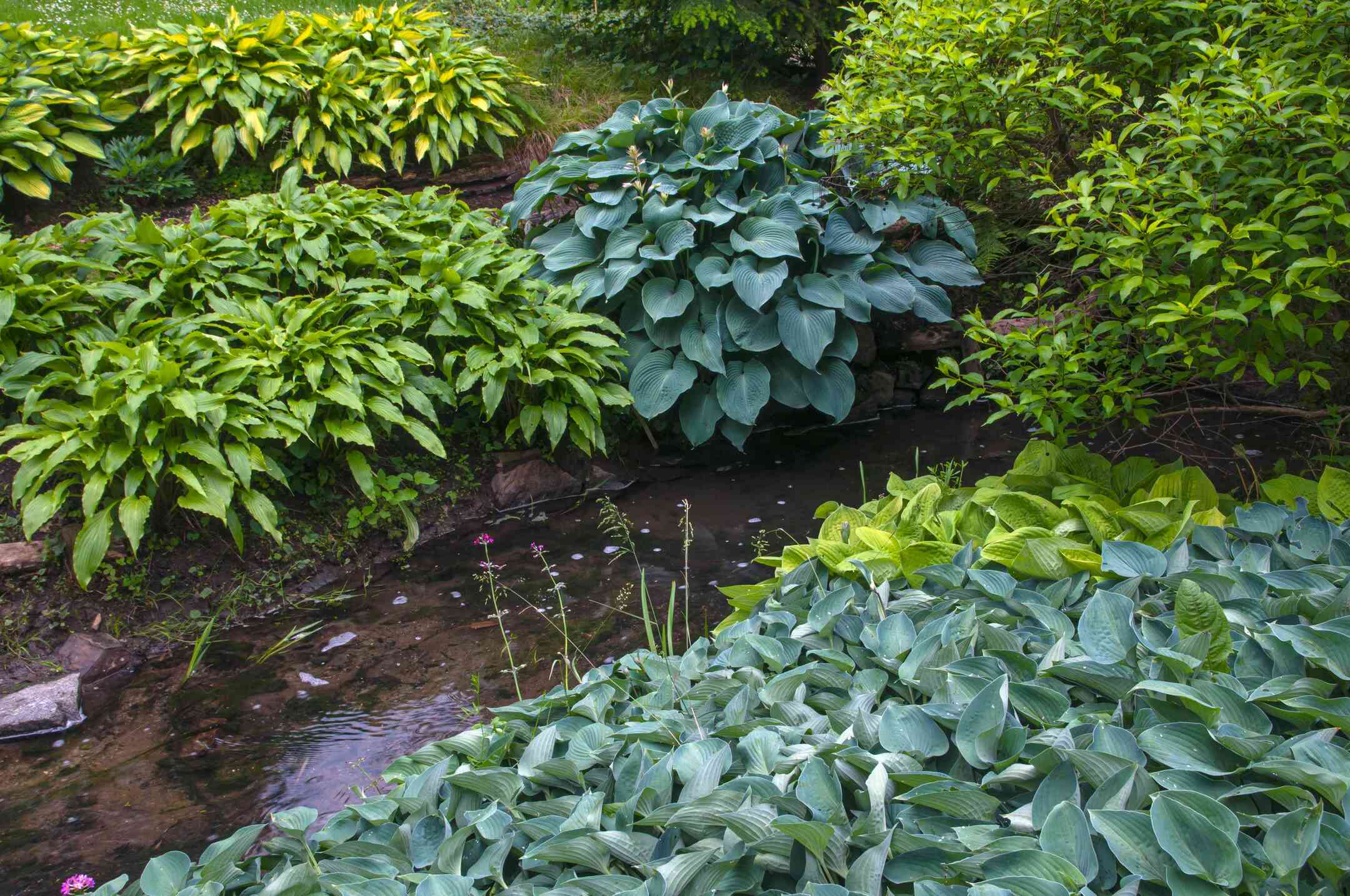
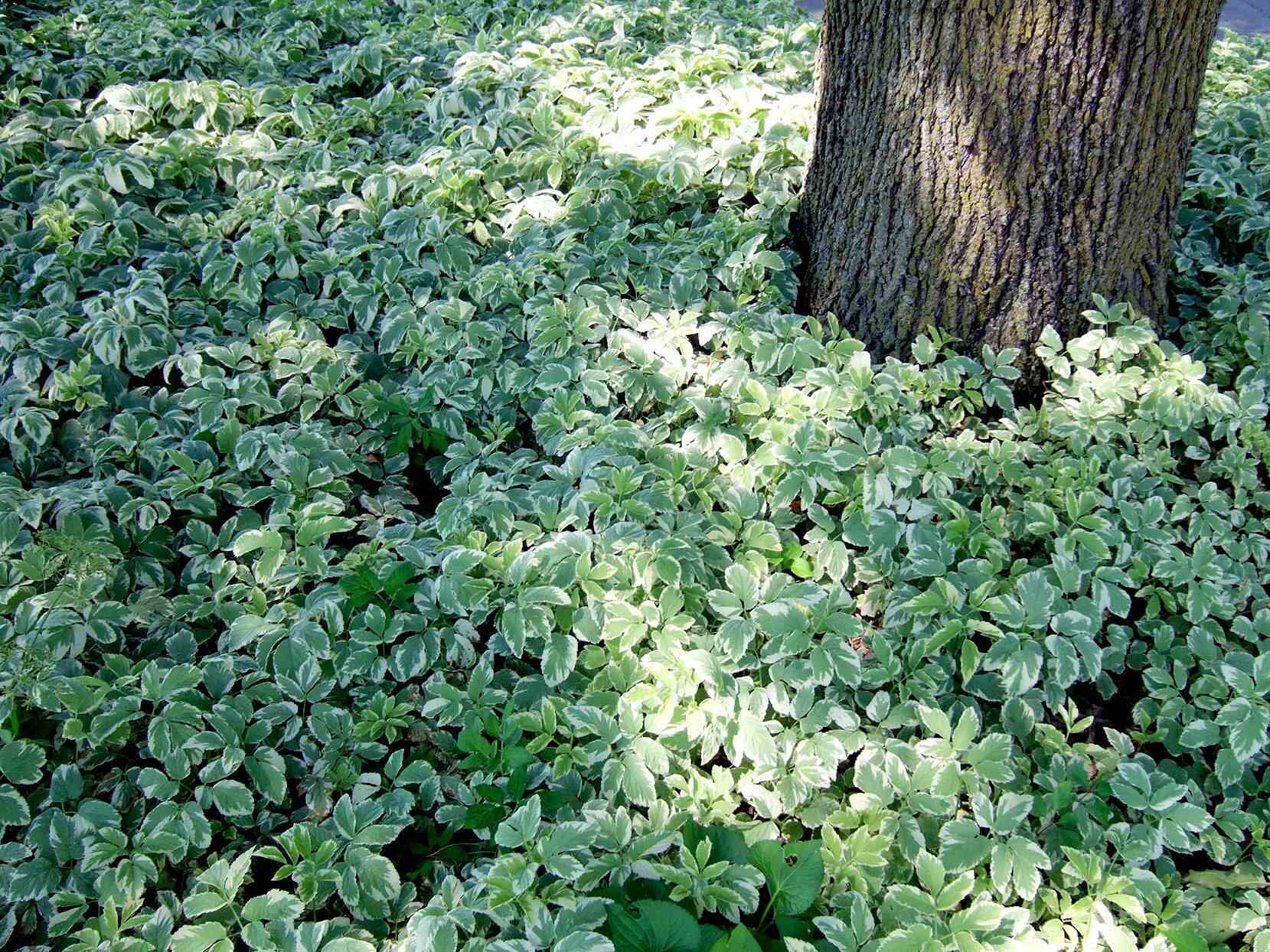
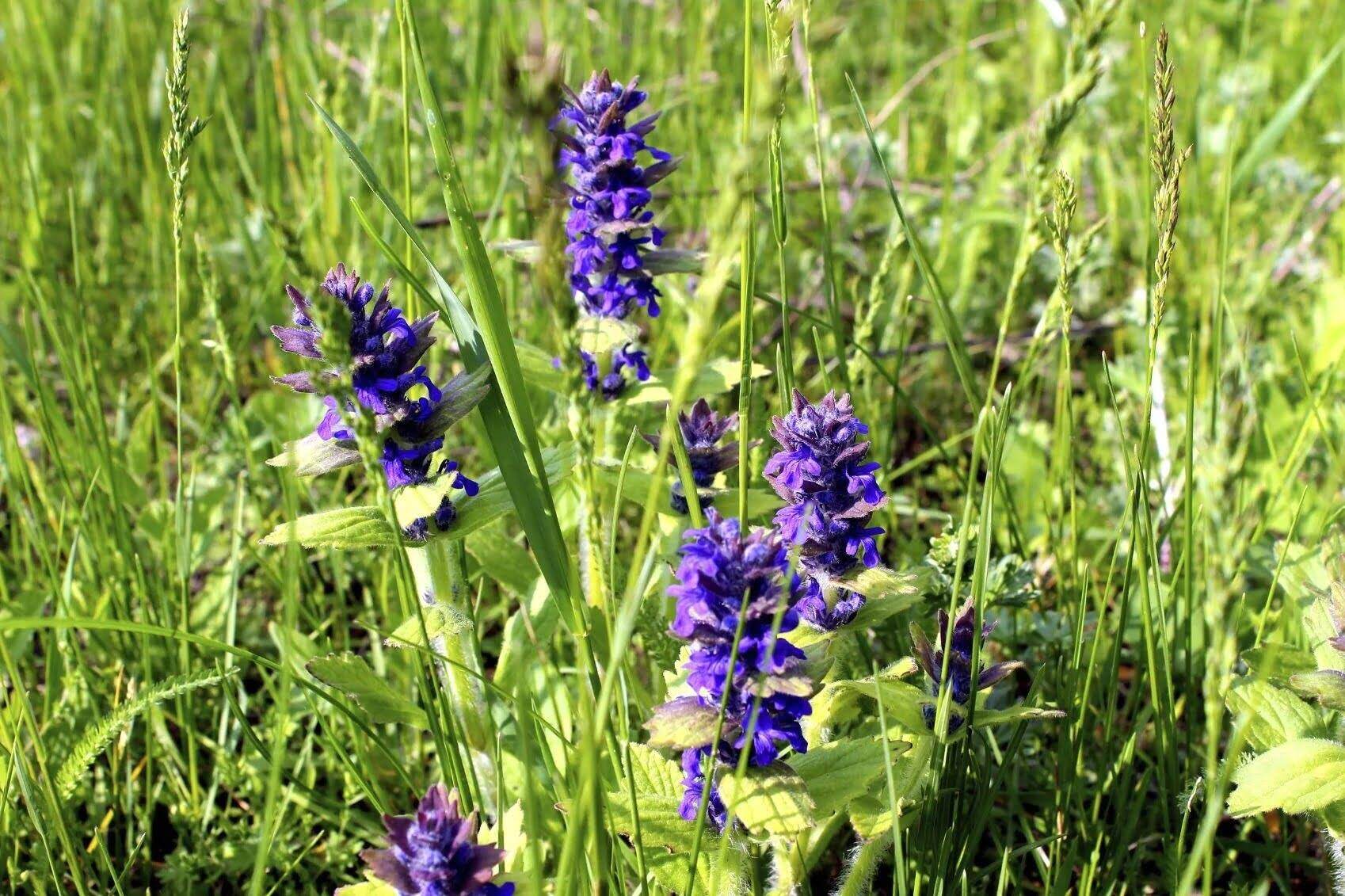
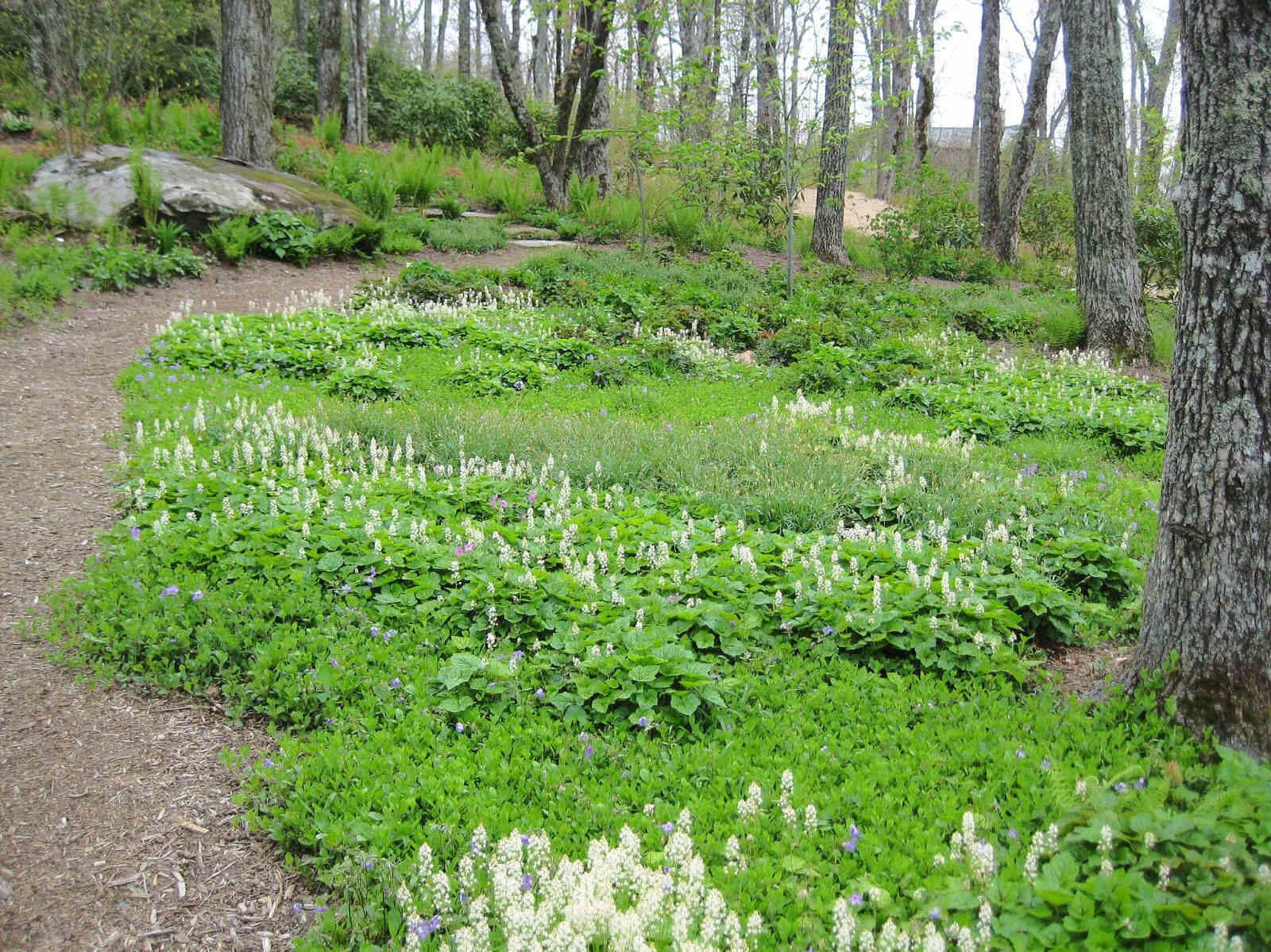
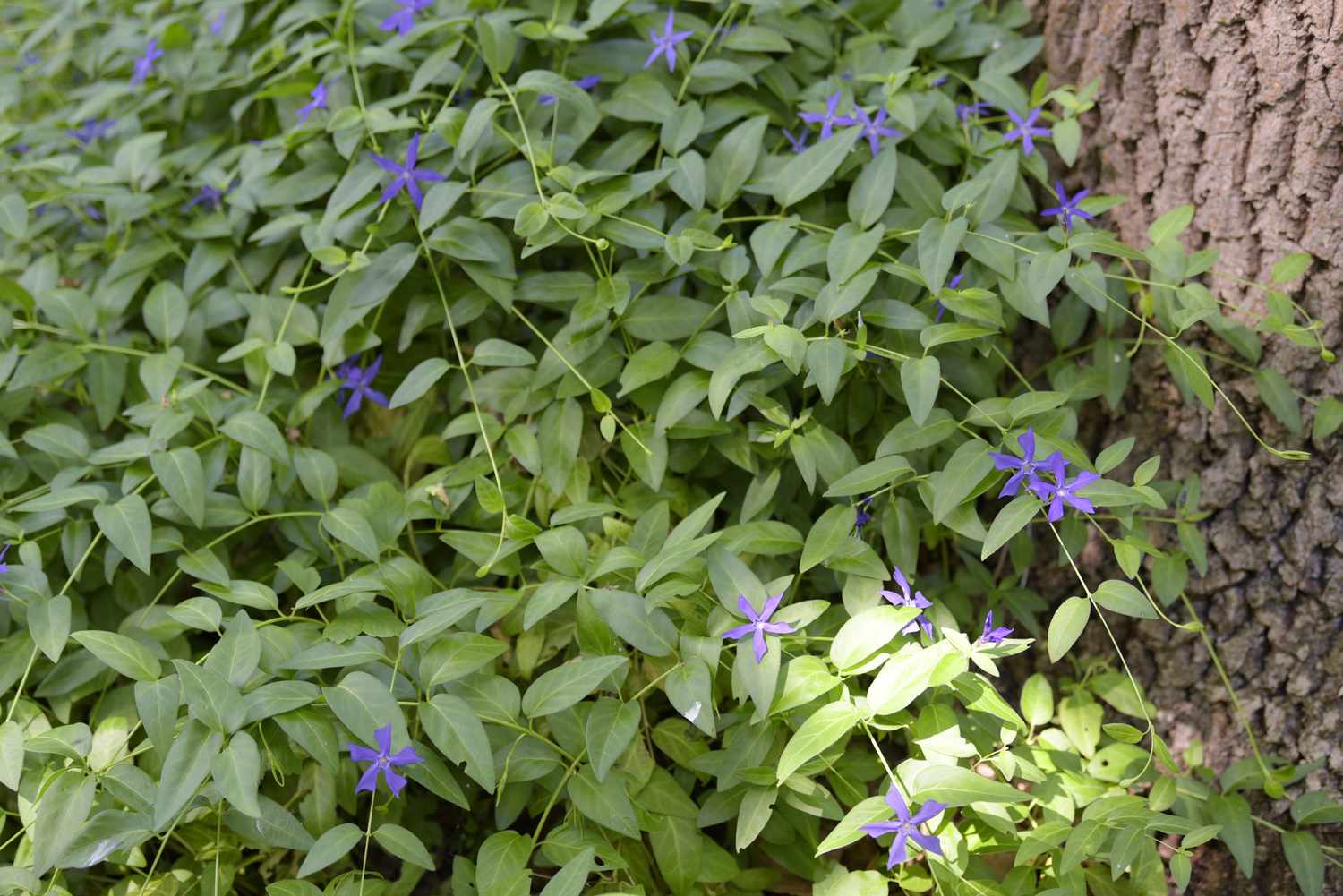
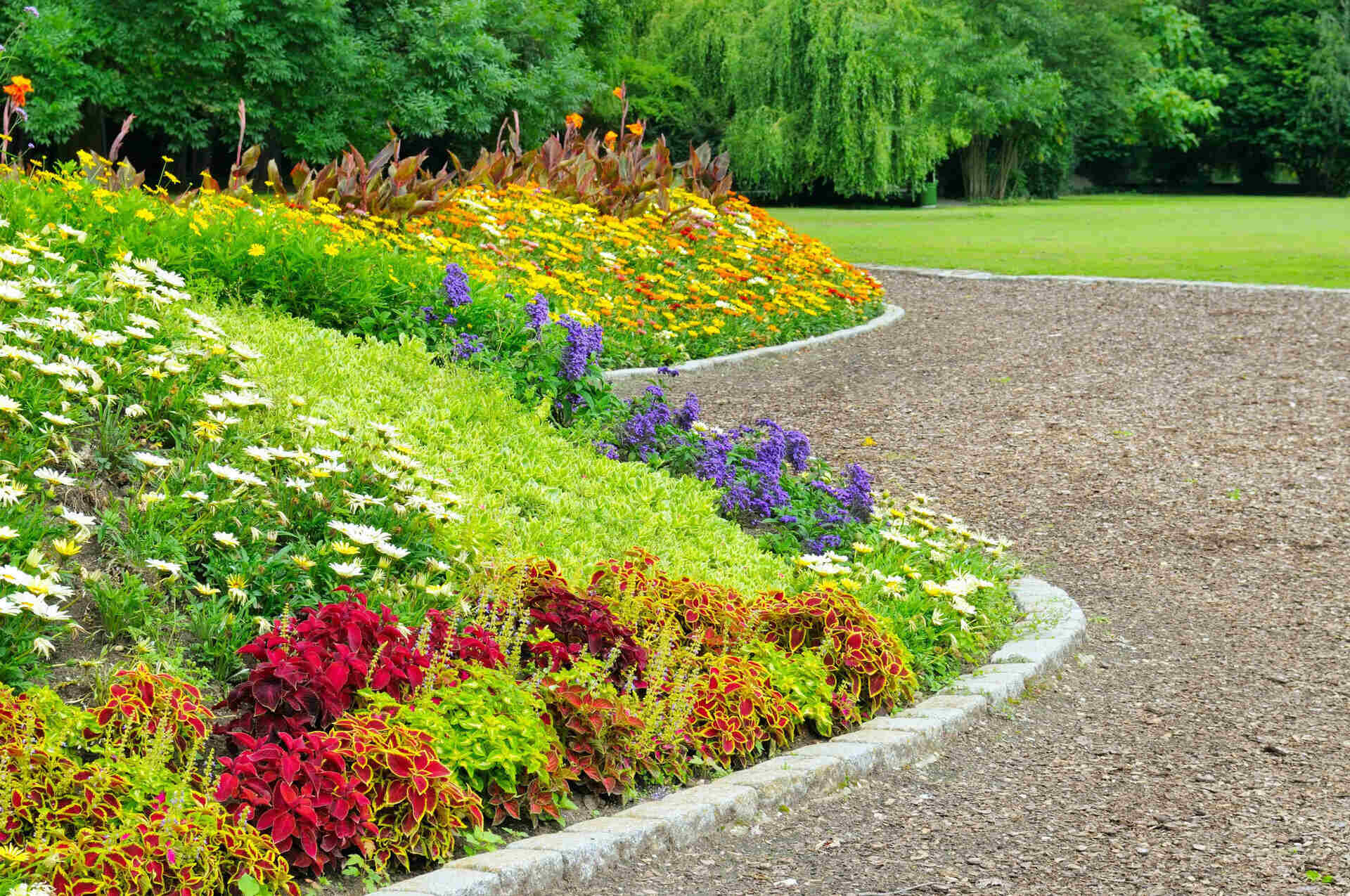
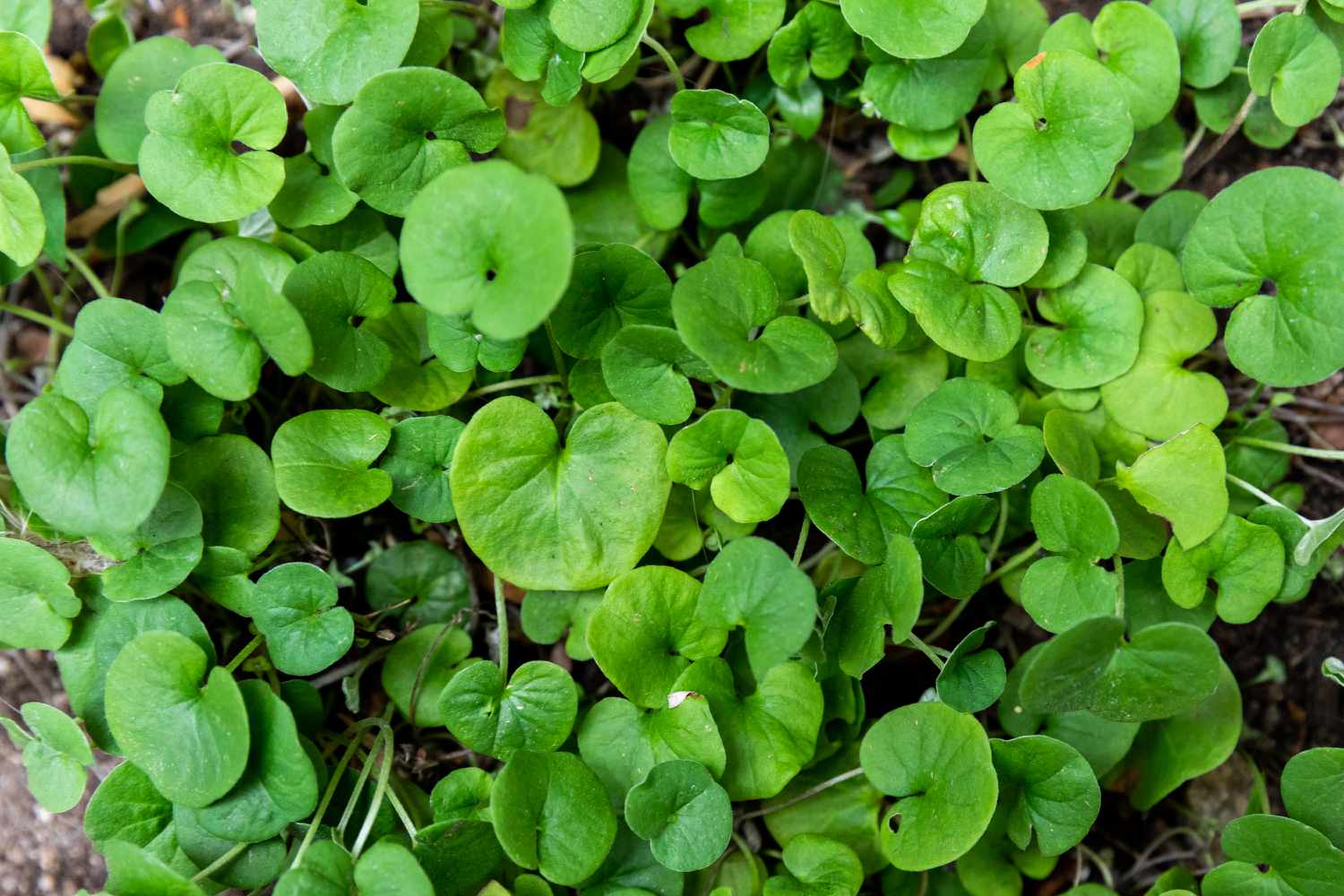
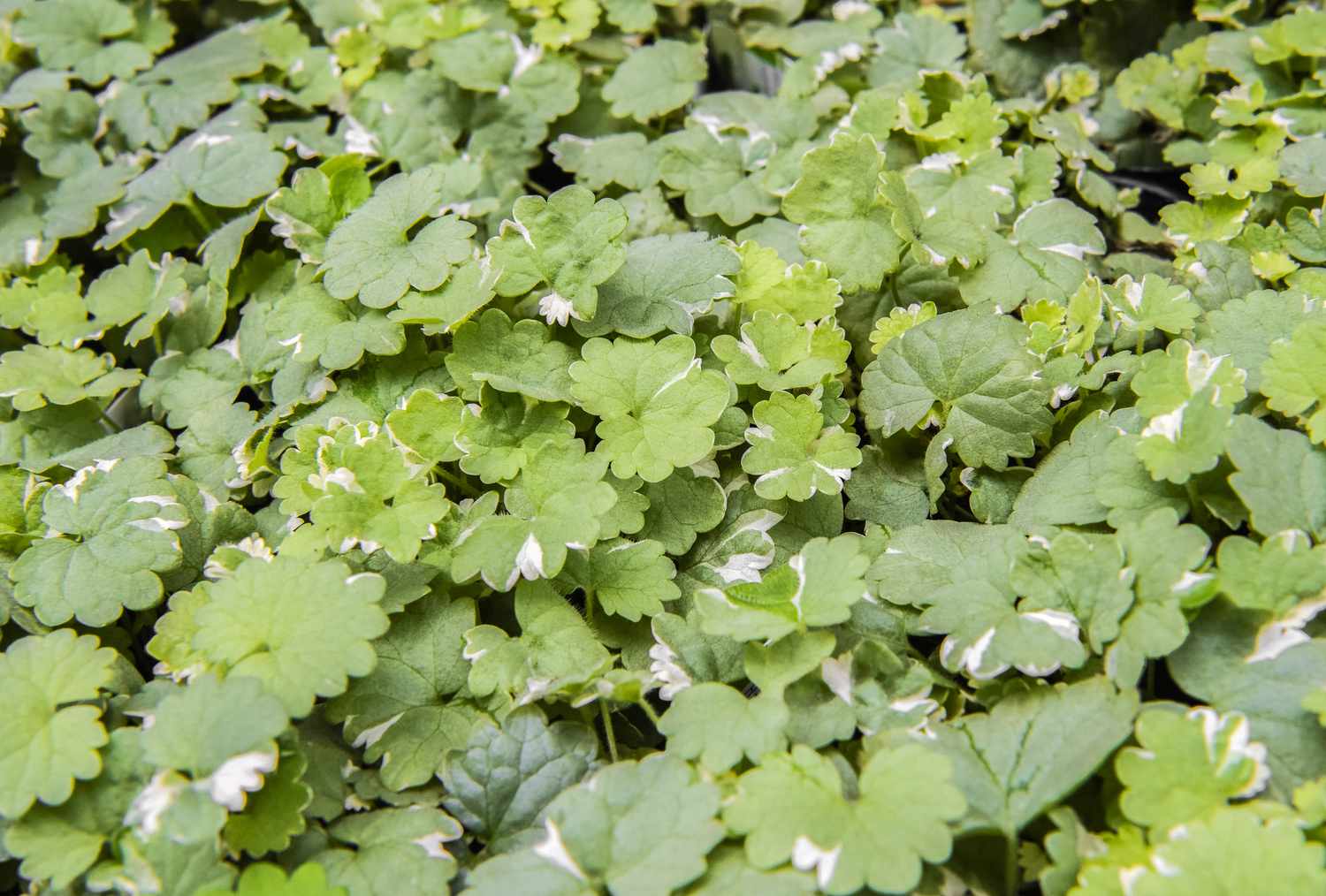
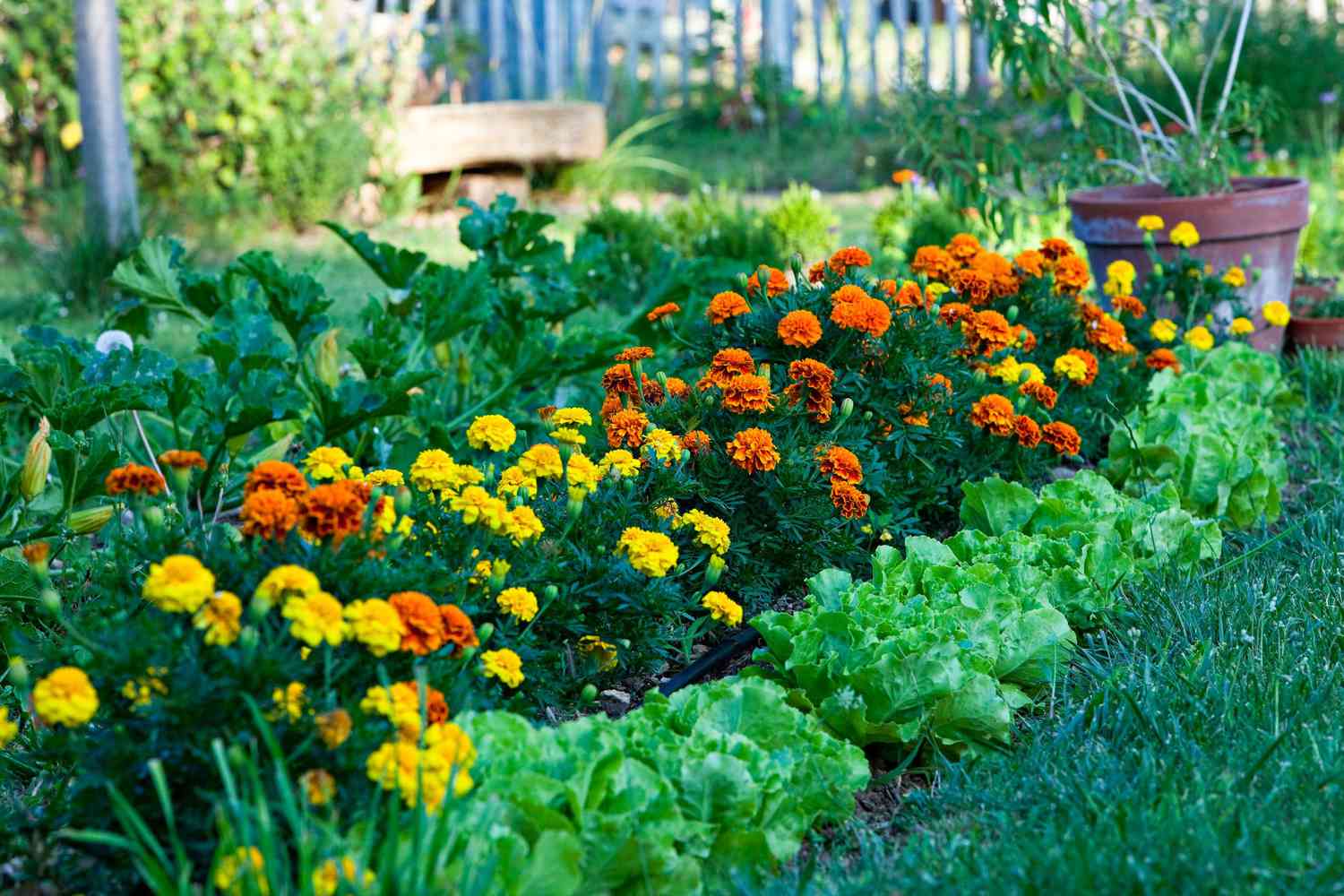
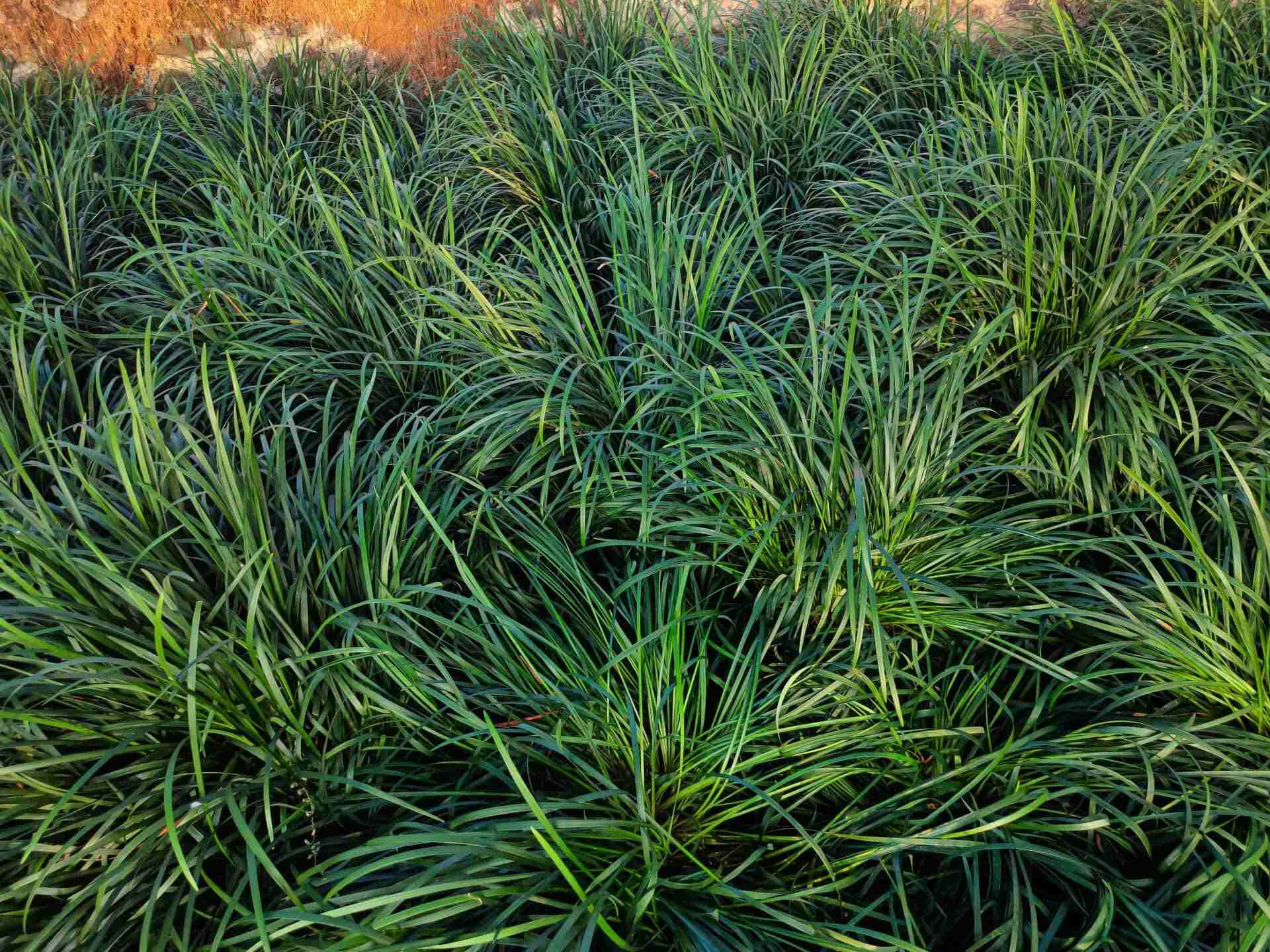

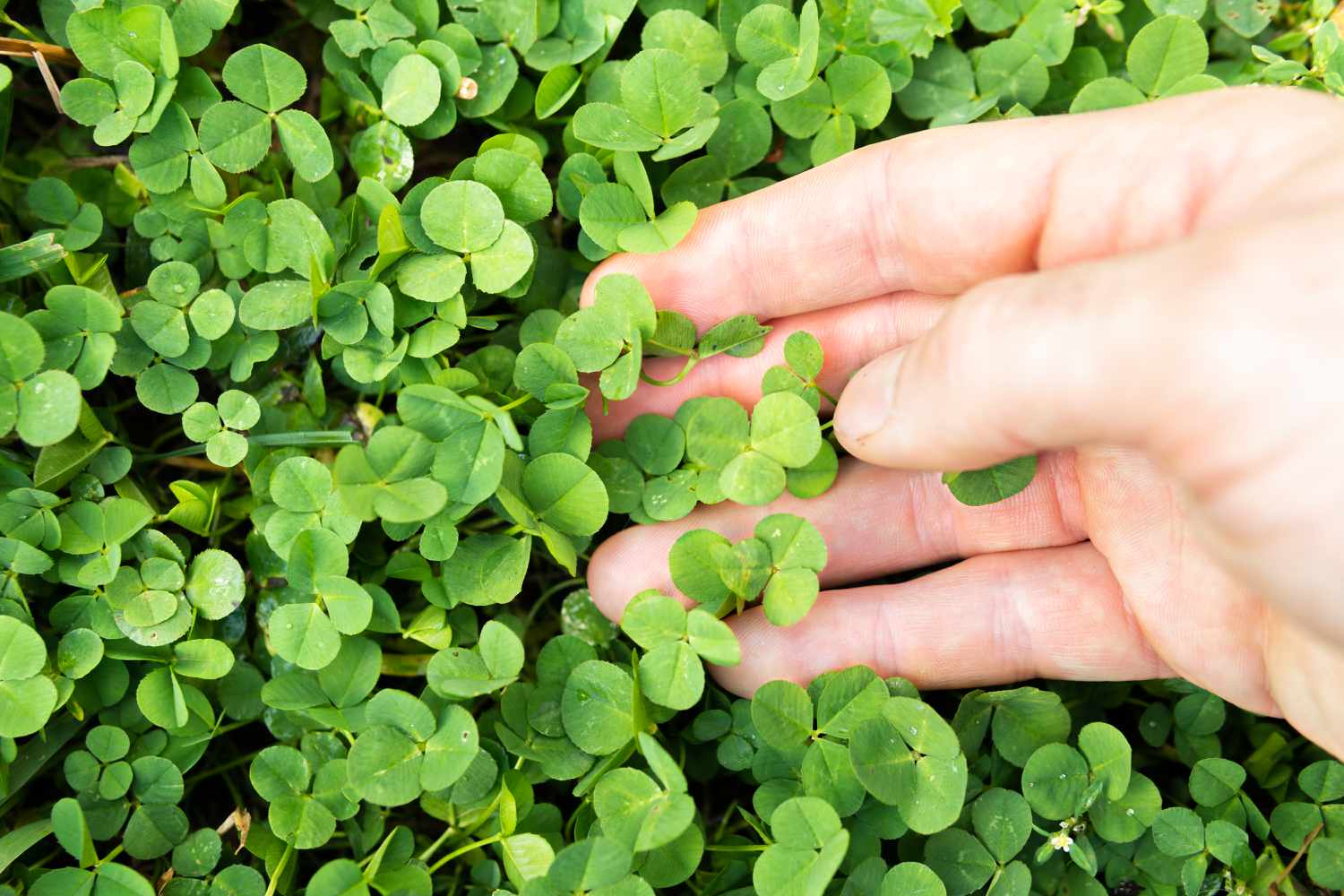
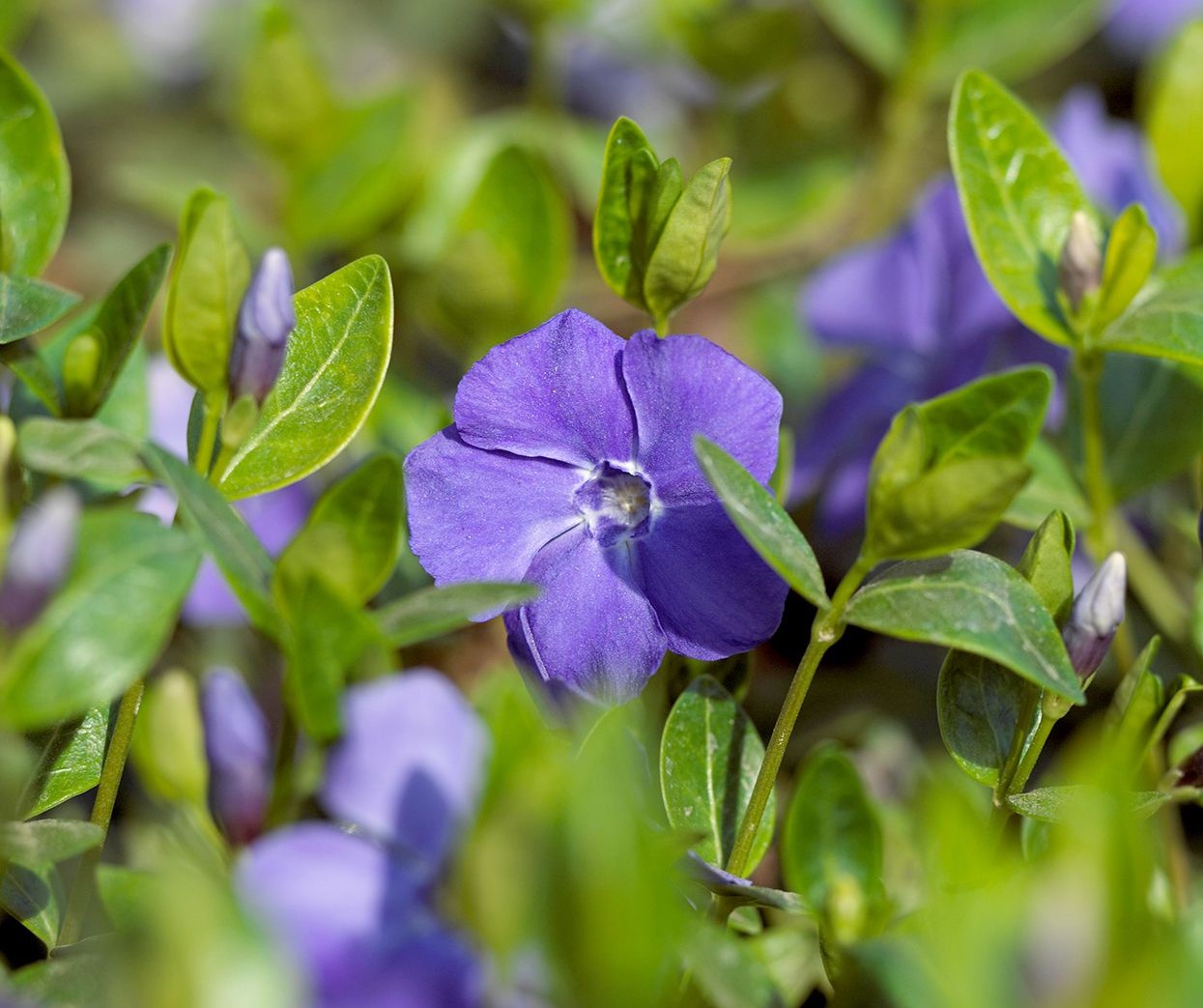

0 thoughts on “How To Grow Oregano As Ground Cover In Zone 6”